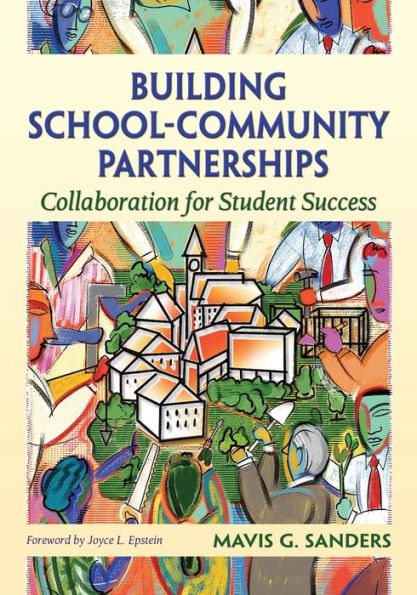5
1
9781412917650



Building School-Community Partnerships: Collaboration for Student Success / Edition 1 available in Paperback, eBook

Building School-Community Partnerships: Collaboration for Student Success / Edition 1
- ISBN-10:
- 1412917654
- ISBN-13:
- 9781412917650
- Pub. Date:
- 11/02/2005
- Publisher:
- SAGE Publications
- ISBN-10:
- 1412917654
- ISBN-13:
- 9781412917650
- Pub. Date:
- 11/02/2005
- Publisher:
- SAGE Publications

Building School-Community Partnerships: Collaboration for Student Success / Edition 1
$33.95
Current price is , Original price is $33.95. You
33.95
In Stock

Product Details
| ISBN-13: | 9781412917650 |
|---|---|
| Publisher: | SAGE Publications |
| Publication date: | 11/02/2005 |
| Edition description: | New Edition |
| Pages: | 144 |
| Sales rank: | 314,400 |
| Product dimensions: | 7.00(w) x 10.00(h) x (d) |
About the Author
From the B&N Reads Blog

